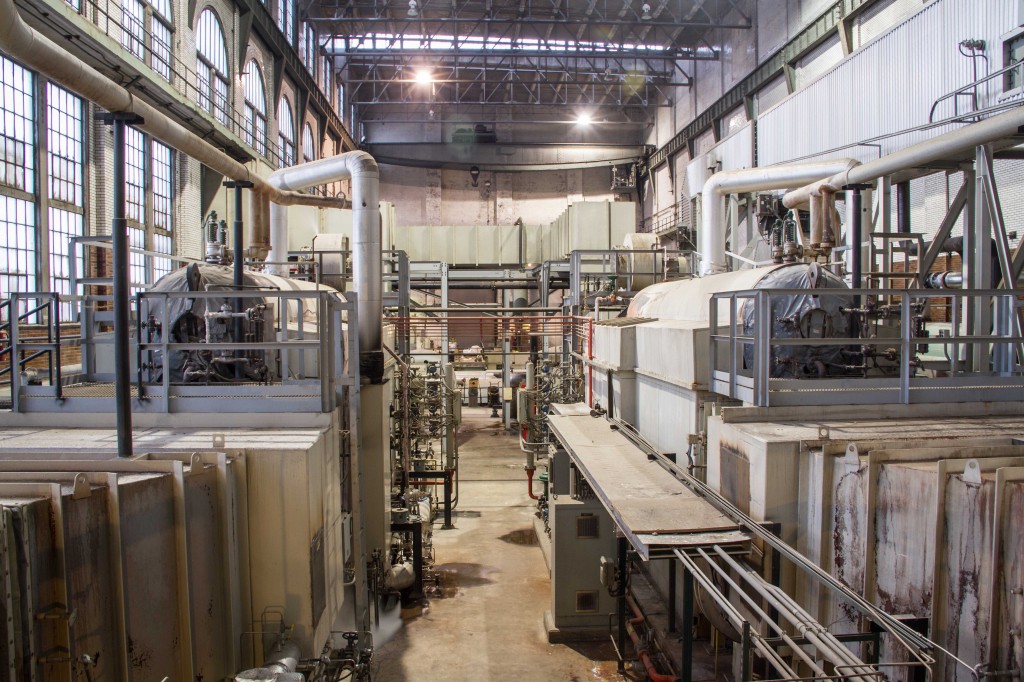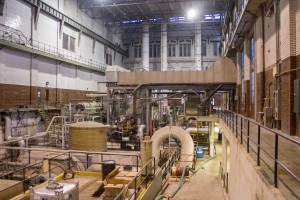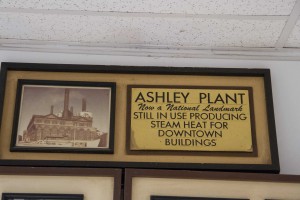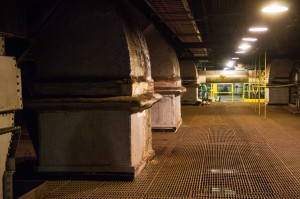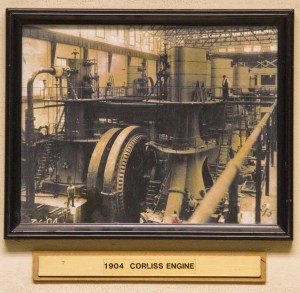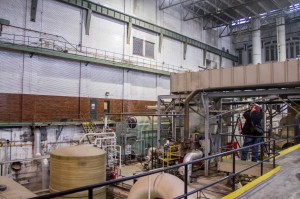How to make things
I really enjoyed these mesmerizing videos demonstrating how many types of things are manufactured. Fascinating. Life would be so very different without our factories. Some would say for the better, but I don't agree at all. I don't want to spend the time to make my own food from scratch or create clothes. That would take immense amounts of time away from things I prefer to do. This topic reminds me of Jared Diamond's Germs, Guns and Steel, in which he describes a culture that spends most of every live long day harvesting, mashing and cooking their basic food substance. They can never get to libraries or any sort of technology because every day is a battle to gather enough food. Here's a description from Wikipedia:
The first step towards civilization is the move from nomadic hunter-gatherer to rooted agrarian. Several conditions are necessary for this transition to occur: 1) access to high protein vegetation that endures storage; 2) a climate dry enough to allow storage; 3) access to animals docile enough for domestication and versatile enough to survive captivity. Control of crops and livestock leads to food surpluses. Surplus frees people up to specialize in activities other than sustenance and supports population growth. The combination of specialization and population growth leads to the accumulation of social and technologic innovations which build on each other. Large societies develop ruling classes and supporting bureaucracies, which in turn lead to the organization of nation states and empires.

